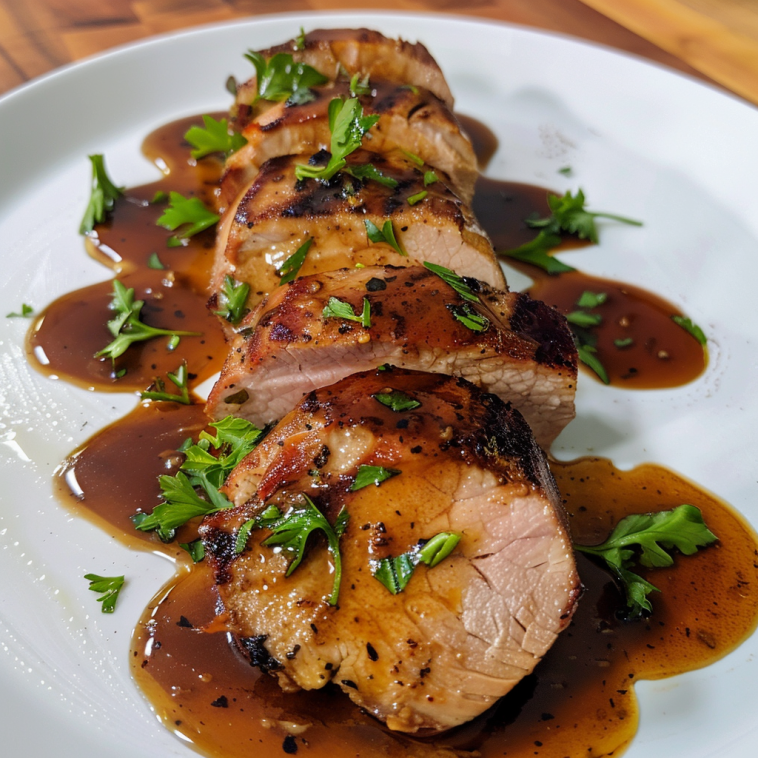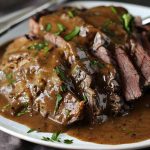Pork tenderloin is a lean and tender cut of pork that cooks quickly and can be seasoned and prepared in a variety of ways. Here’s a basic recipe for beginners that yields a juicy and flavorful pork tenderloin.
Ingredients:
-
1-2 pork tenderloins (about 1 to 1.5 pounds each)
-
2 tablespoons olive oil
-
1 teaspoon salt
-
1/2 teaspoon black pepper
-
1 teaspoon garlic powder
-
1 teaspoon onion powder
-
1 teaspoon dried thyme
-
1 teaspoon dried rosemary
Instructions:
-
Preheat Oven: Preheat your oven to 400°F (200°C).
-
Prepare Pork: Pat the pork tenderloins dry with paper towels. This helps the seasonings adhere better and promotes a good sear.
-
Season Pork: In a small bowl, mix together the salt, black pepper, garlic powder, onion powder, dried thyme, and dried rosemary. Rub this mixture evenly over the entire surface of the pork tenderloins.
-
Sear Pork: Heat the olive oil in a large oven-safe skillet over medium-high heat. Once the oil is hot, add the pork tenderloins and sear them on all sides until they are golden brown, about 2-3 minutes per side.
-
Roast Pork: Transfer the skillet to the preheated oven and roast the pork tenderloins for 15-20 minutes, or until the internal temperature reaches 145°F (63°C). Use a meat thermometer to ensure accurate cooking.
-
Rest Pork: Remove the skillet from the oven and transfer the pork tenderloins to a cutting board. Tent them with aluminum foil and let them rest for about 5-10 minutes. This helps the juices redistribute throughout the meat, making it more tender and flavorful.
-
Slice and Serve: Slice the pork tenderloins into medallions and serve with your favorite side dishes, such as roasted vegetables, mashed potatoes, or a fresh salad.
Tips:
-
Don’t Overcook: Pork tenderloin is very lean, so it can dry out if overcooked. Aim for an internal temperature of 145°F (63°C) for a tender, slightly pink center.
-
Resting Time: Letting the pork rest after cooking is crucial for maintaining its juiciness.
-
Flavor Variations: You can customize the seasoning to your taste. Try adding paprika, cumin, or even a touch of brown sugar for a different flavor profile.





